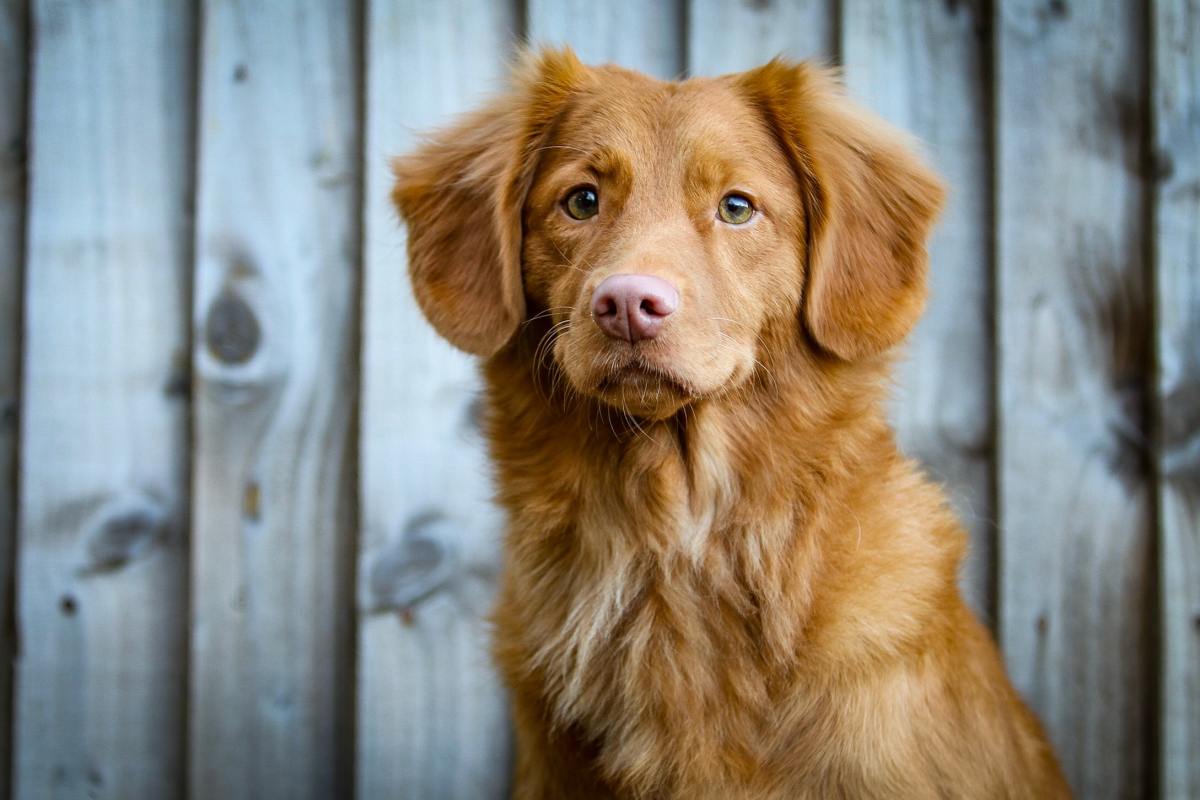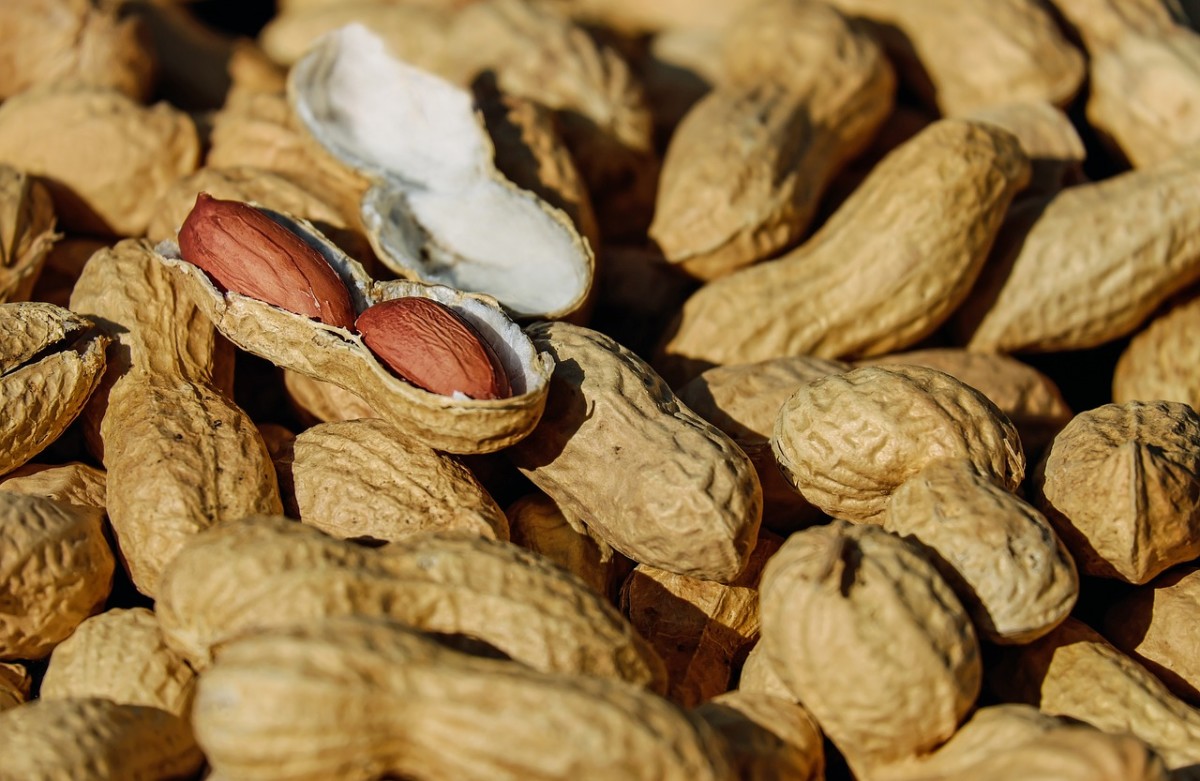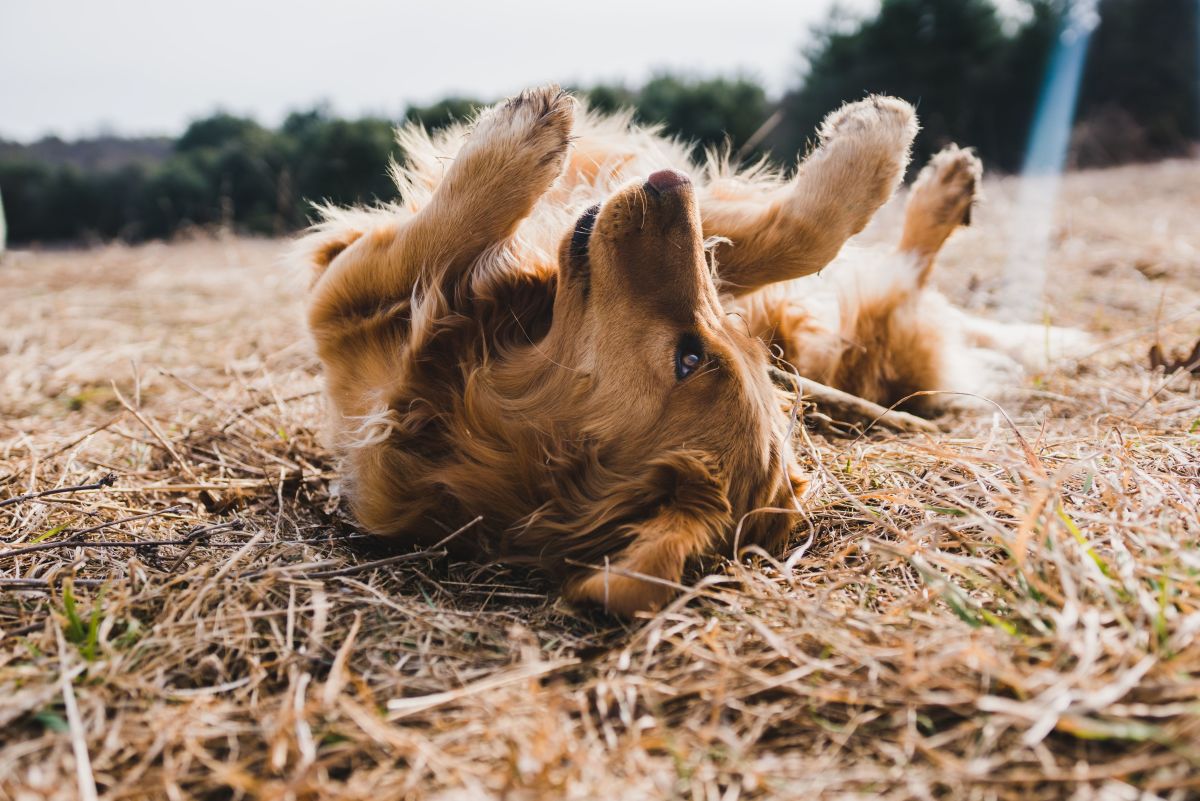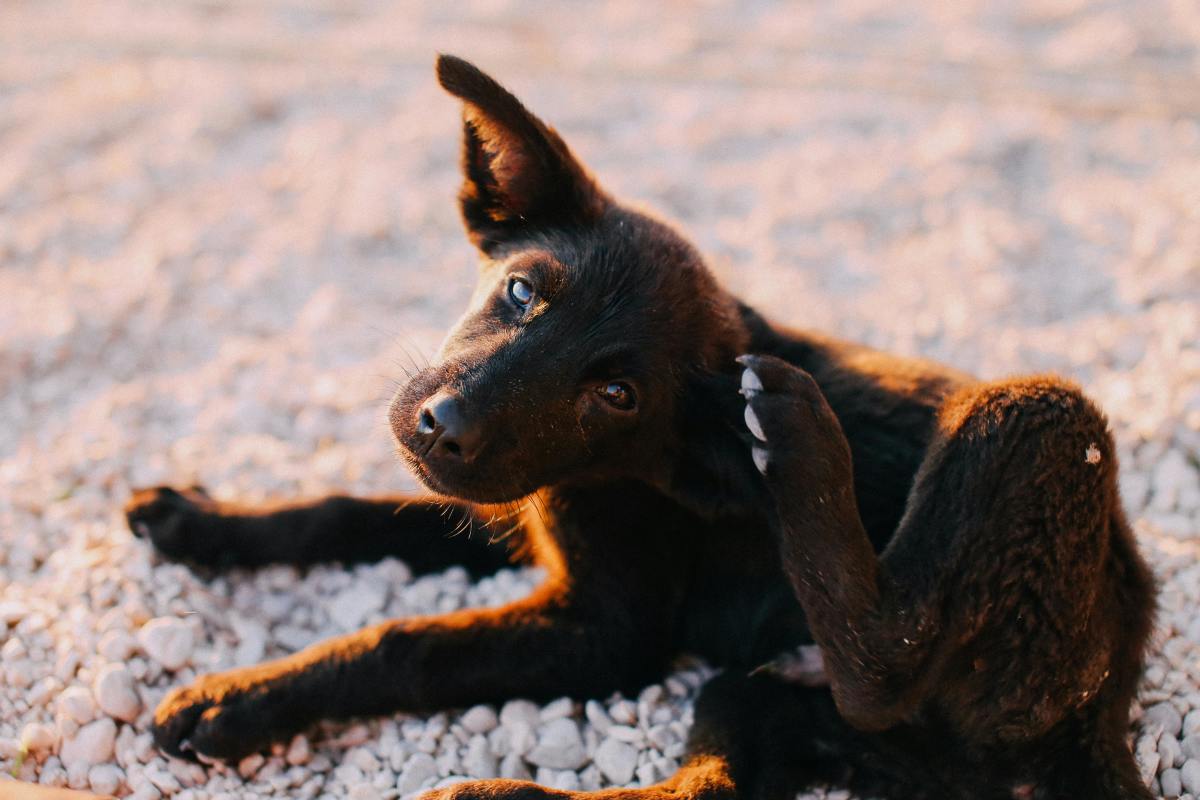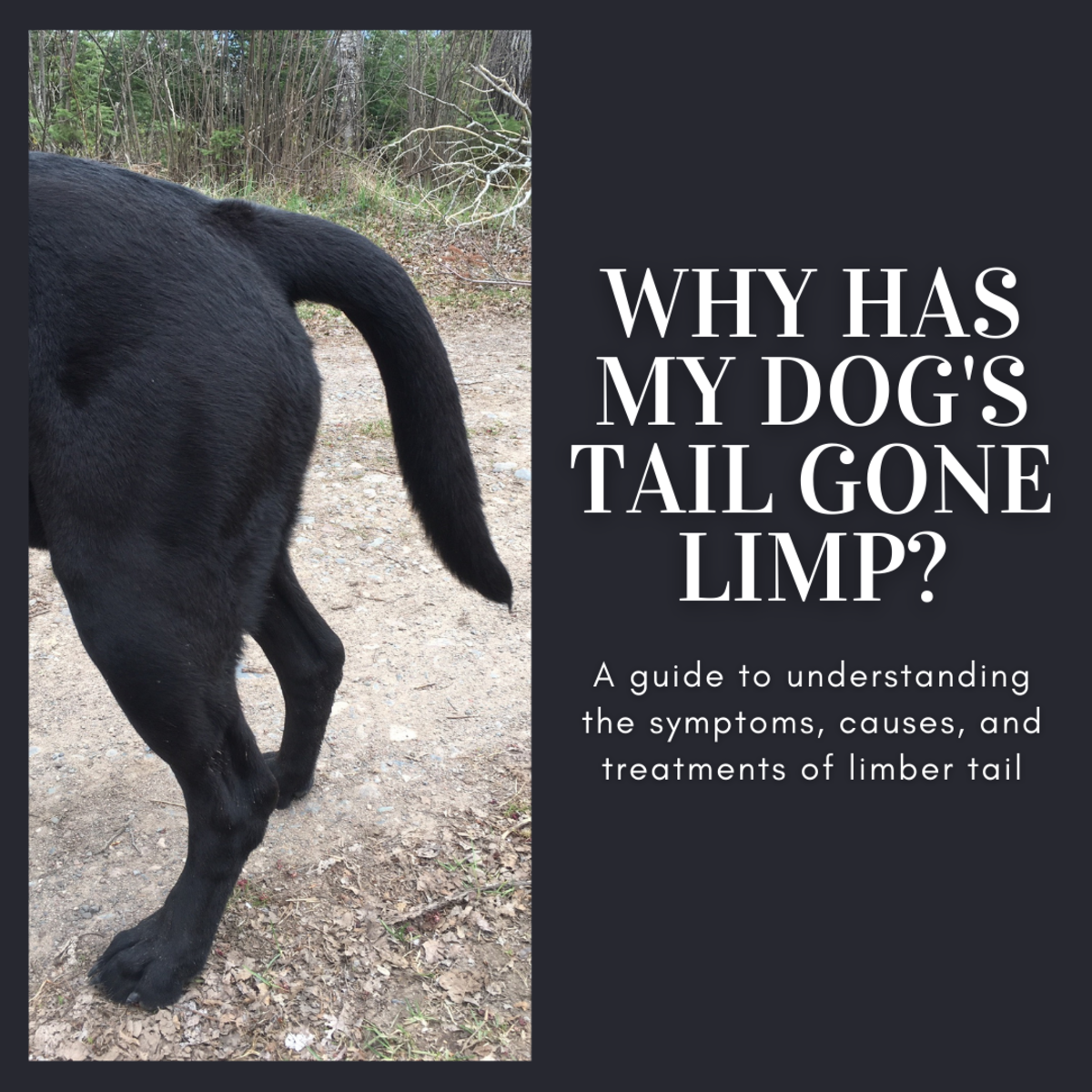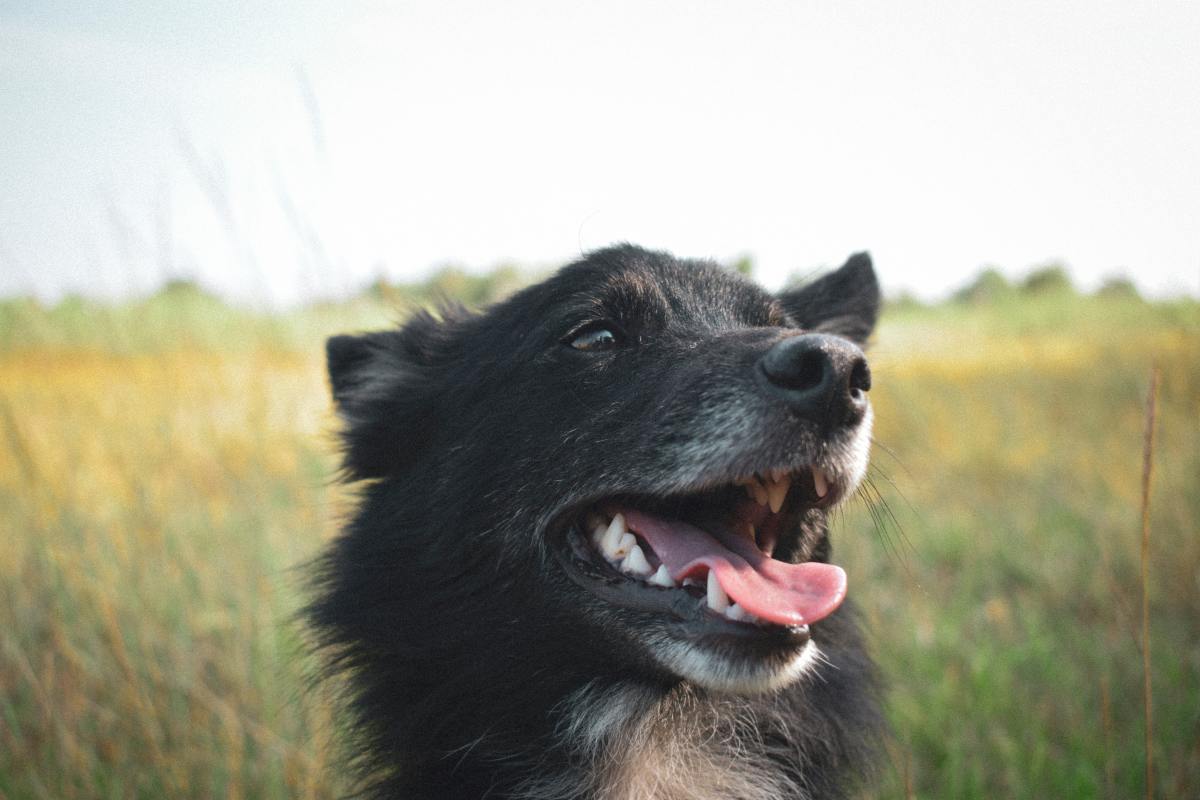Dog Allergies
Chances are if you’re reading this article, you are already familiar with the discomfort a dog goes through when faced with allergies. Scratching, sneezing, coughing, excessive licking, dragging his little rear on the ground, shaking his head, chewing on certain body parts – all of these are signs of allergy. As a dog owner, I’m familiar with the signs of dog allergies, and present them to you today.
Types of Dog Allergies
There are five types of dog allergies: food, flea, bacteria, inhaled (also known as atopy), and contact. Some of these are easier to diagnose than others. An allergy is caused when your pet’s immune system over-reacts to one stimulant or another. Here is a list of types, symptoms, and treatments.
Inhaled Allergies
One of the most common type of dog allergies, dogs afflicted with this will often resort to excessive chewing, licking, and scratching. You may find on lighter colored dogs a rust-colored tint when he’s been licking. Don’t worry, it’s not blood, it’s just staining from the dog’s saliva. The best treatment, as for all allergies in dogs, would be avoidance. If you’re dusting or vacuuming, don’t allow your dog in the room for a while. Anything that is stuffed – bedding, furniture, toys – should be avoided or covered in a plastic cover to diminish contact with dust mites. If you have uncarpeted areas, try and restrict your dog to that area. Avoid too many houseplants, keep your lawn cut short, don’t allow your dog on freshly cut lawn, and avoid high pollen times. Keep your dog out of any area where there is a higher chance of mold or dust.
Food Allergies
Another of the most common dog allergies, the gamut of symptoms for dog food allergies runs long. Scratching, pawing, diarrhea, vomiting, hair loss and breathing problems are just some. This is also a difficult allergy to pinpoint, as there are several food items that may cause an allergic reaction. Proteins often used in dog food, like meat, chicken, dairy, eggs, lamb, and fish can often attribute to your dogs allergy. Soy, corn, and wheat are common culprits as well. The only way to properly identify the food is to eliminate those foods all together and see if the reaction stops. However, since there are other types of dog allergies your dog can have, you may want to eliminate them prior to undertaking a more complicated food eliminating procedure.
To do a food trial, you would need to buy special food for your dog, with protein not commonly found in dog food, like venison or rabbit, and a starch not commonly found, like rice or potatoes. Some commercial food companies make these types of food, but you have the most control if you cook it yourself. You’re dog will have to stay on this diet for 12 weeks, giving time for this system to go back to normal. Do not allow him to eat or lick anything that’s been in contact with other types of food, which includes the floor and even the litter box. Daunting, yes. There are also hydrolyzed diets that break down smaller quantities of offending foods so your dog won’t have such an adverse reaction to them. After the 12 week period, if your dog stops showing symptoms, you want to start slowly reintroducing individual foods to pinpoint what the offending food may be. Give two weeks for each food item. Luckily, there can be found many a recipe for dog food for dogs with allergies online.

Flea Allergies
Another very common allergy source. How does a pet get a flea allergy? They have a reaction to flea saliva. This is usually around the tail area, and you may notice hair loss, scabs, and sores. The best way to prevent this is to use flea prevention medicine. Beware of excessive scratching and licking as your dog may cause an infection and need medication. For more information on how to keep your dog flea free to stop this type of allergy from having a chance to present itself, click here.
Contact Allergies
This is far less common and relatively easy to avoid. Some dogs have sensitivities to certain materials, like plastic, wool, grass, or their flea collars. If your dog is having a reaction, try changing his bedding or not allowing him on the grass, changing his food bowl or not putting those Christmas sweaters on him. But remember, contact allergies are not as common, and more than likely your dog is having allergies due to food or atopy.
Bacteria Allergies
This one is rare. Dogs naturally have staph bacteria on their skin. Staph is quite ubiquitous in the world, and doesn’t usually cause problems to healthy individuals. When a dog has an allergy to the staph bacteria, their skin may become crusty, have hair loss due to scratching, and in worst cases, get pustules and the skin may emit an odor. Usually, the treatment is medicated shampoo, but if the skin becomes infected, take him to a vet. The diabolical thing about an allergy to staph is that it can cause a staph infection, which is nothing to laugh at. Your dog will need strong antibiotics.
Common Treatments
People often wonder, "What can my dog take for her allergies?" There are several things you can do at home to help ease your dog’s allergies. Colloidal oatmeal baths can ease the skin irritation. Epsom salt baths are another, as long as the dog doesn’t drink the solution. Your vet can prescribe antihistamines, corticosteroids, medicated shampoos, or even do allergy shots, where they try to build immunity to the allergen. However, your best bet is avoidance, if you can. Prolonged exposure to prescribed medicines can have adverse effects, depending on the medication. One last thing you can do to help build your dogs immunity to allergies is feeding him Omega-3 fatty acids, which may improve if not eliminate dog allergy symptoms over time. It doesn’t work on all dogs, however, and you have to be sure it’s Omega-3 fatty acids and not Omega-6 fatty acids, and that it’s derived from fish oil. You can also add Vitamin E and C to help with your dogs allergies, as well.
Dog allergies are no fun, and have to ability to lead to worst conditions, so it’s best to treat your pets to the best of your ability. You and you’re pet will be able to be happier if you can manage his allergies. I know it’s not easy, but I wish you the best of luck for allergy free dogs!
If you would like to read any of my other articles on dogs, please check out these:
- Choosing From the Many Styles of Dog Leads
There are those people who walk their dogs and then there are those whose dogs walk them. You know what I mean, right? You see... - Learning About Dog Food Allergies
Of all the things in the world that can make anyone miserable, it is an allergy to some kind of common food. In humans, this... - Dog Stroller Information
Lets face it, your dog can get tired out. If you are out on a walk around town, sometimes your dog can get a little worn out... - Dog Day Care
Doggie day cares are a booming business, and for good reason. People love their pets, and they want to make sure that when they... - Training Collars
Of course we love our dogs. We dont call them a persons best friend for no reason. Our dogs give us company. They give...


